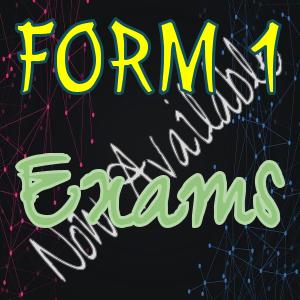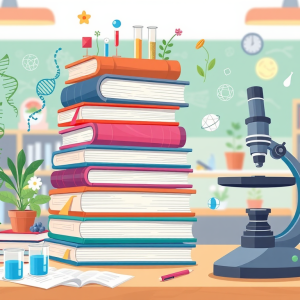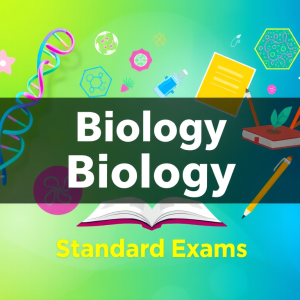Description
Featured Questions
Here are all the featured questions from the “KCSE MOCK-BIOLOGY PAPER 3 QA MODEL20250302001.pdf” document:
Questions
- Question 1:
- a) Fill the table below:
- Tube Observations
- Boiling Tube
- Test Tube
- Tube Observations
- b) What conclusions can you draw from your observations in the test tube?
- c) Name the process that took place in the test tube.
- d) Shake the contents of the boiling tube and using a dropper remove a little of the contents. Transfer a drop to a glass slide; add two drops of methylene blue stain. Cover with a cover slip and observe using a microscope of 10x or 15x eyepiece lens.
- (i) Draw and label the substance Y which is in the slide.
- (ii) What is the possible identity of substance Y?
- e) Why was the temperature of the water bath kept between 35 – 38°C?
- f) If the experiment was done under the following conditions, suggest, giving reasons the expected results.
- (i) Water bath was kept at 100°C.
- Observations:
- Reasons:
- (i) Water bath was kept at 100°C.
- g) From the microscope:
- (i) Name the part labeled Q.
- (ii) Give the function of part labeled P.
- h) Name the form in which substance Y stores its excess glucose.
- a) Fill the table below:
- Question 2:
- a) Examine photograph A, B1, and B2 carefully and answer the questions that follow.
- (i) What name is given to the coiled part labeled T found on specimen A?
- (ii) Name the type of response exhibited by the coiled part on specimen A.
- (iii) Name the stimulus responsible for the response named in (ii) above.
- (iv) Explain how the response exhibited by the coiled part on specimen A occurred.
- (v) State the biological significance of the response described in (iv) above to the survival of the specimen.
- b) Use photographed specimens labeled B1 and B2 above to answer the questions below.
- (i) State the agent of pollination for the specimen above.
- (ii) Give a reason for your answer.
- (iii) Describe the external features of leaves of the specimen B2.
- (iv) Based on the floral parts, state the class to which specimen B belongs.
- (v) Give a reason for your answer in (iv) above.
- a) Examine photograph A, B1, and B2 carefully and answer the questions that follow.
- Question 3:
- Below is a section through a mammalian organ.
- i) Identify the section.
- ii) Name the parts labeled A, B, and C.
- iii) State two functions of the photographed specimen.
- iv) Label on the photograph using G and L the region where the Glomerulus and Loop of Henle are located respectively.
- v) Name a process that occurs in the glomerulus and Loop of Henle.
- a) Glomerulus
- b) Loop of Henle
- vi) Name two renal diseases.
- Below is a section through a mammalian organ.
These questions are designed to assess students’ understanding of various biological concepts and their ability to conduct experiments, analyze results, and apply theoretical knowledge to practical situations.




Reviews
There are no reviews yet.